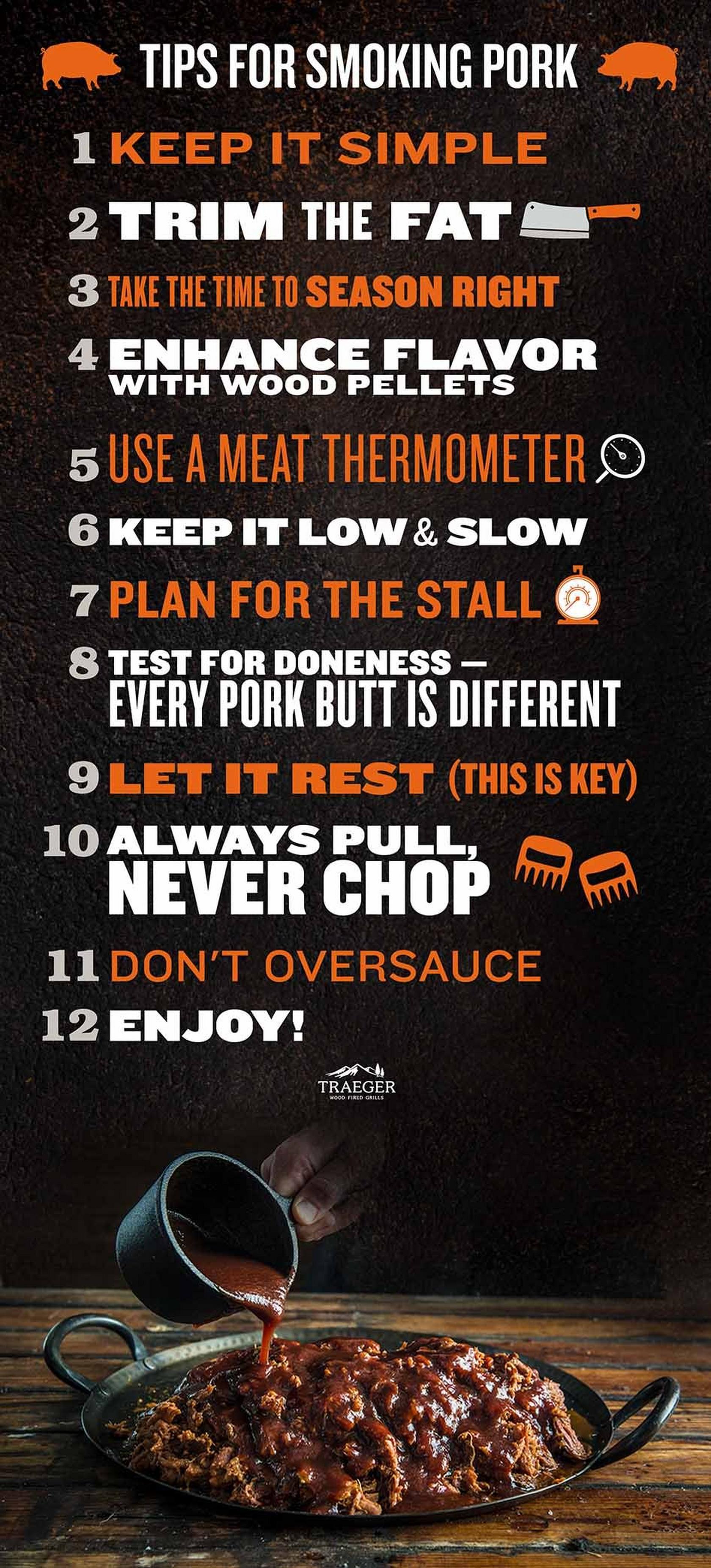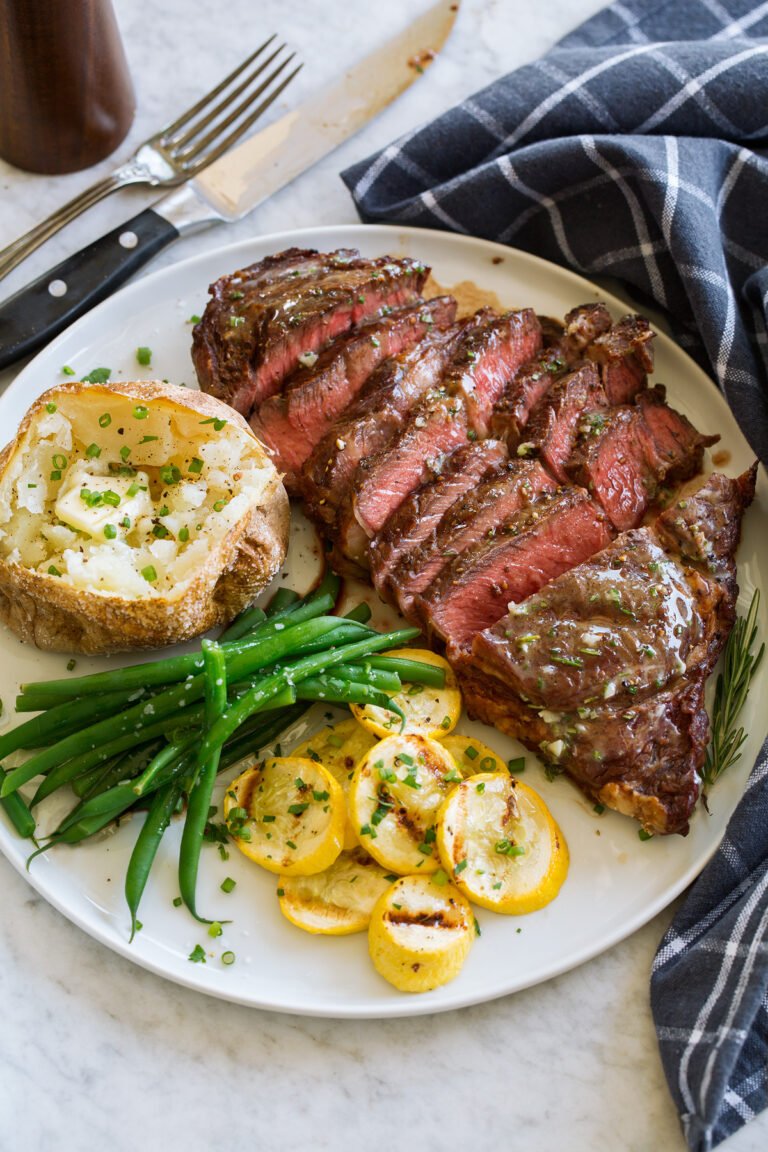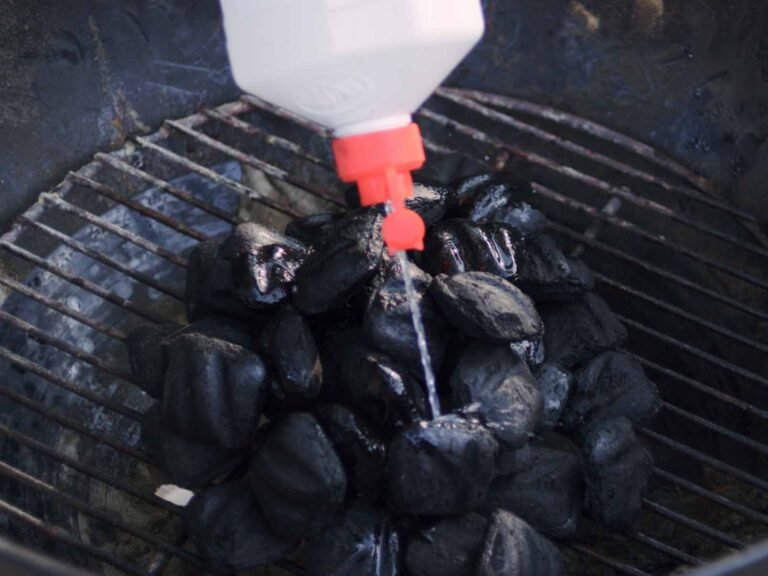Smoking meats is an art form that has been refined over centuries. Mastering this craft can elevate your culinary skills.
Imagine the aroma of smoked meat wafting through the air, a scent that promises a feast of tender, flavorful delights. Smoking meat is not just about cooking; it’s an experience that engages all senses, transforming simple cuts into succulent, mouth-watering dishes.
The secret to perfect smoked meats lies in a few clever tricks. These can make the difference between good and great. Whether you’re a seasoned pitmaster or a beginner, understanding the nuances can help. You’ll learn how to manage heat, choose the right wood, and time the process for the best results. This guide will share six easy-to-follow tricks that anyone can use. Get ready to impress your friends and family with your smoking prowess. Let’s embark on this flavorful journey together and discover how to smoke meats like a pro.

Introduction To The Art Of Smoking Meats
Welcome to the smoky world of meat smoking. This age-old technique takes patience and practice. It transforms simple cuts of meat into tender, flavor-packed delights. Smoking meat is not just about taste. It’s about crafting a unique dining experience. Let’s dive into the smoky journey and explore its charms and history.
The Allure Of Smoked Flavors
Smoked meats have a distinct taste that is both rich and complex. The low and slow cooking process melds with smoke to create flavors. These flavors are impossible to replicate with any other cooking method. This unique taste is why smoked meats are so popular. It’s a taste adventure for your palate.
Historical Roots Of Smoking As A Cooking Method
Smoking meats dates back to ancient times. It was a necessity for preserving food. Our ancestors discovered that smoked meats lasted longer. The practice became widespread. It was not just practical but also delicious. Today, smoking is a culinary art. It respects its preservation roots. It celebrates the depth of flavor it brings to the table.

Choosing The Right Wood For Your Smoke
Selecting the right wood is essential for smoking meats. Different woods impart unique flavors, from sweet applewood to robust hickory.
Choosing the right wood for your smoke is key. Different woods give different flavors. This makes your smoked meat taste unique. Let’s dive into the types of smoking woods and how to match them with meats.Types Of Smoking Woods And Their Flavors
Many woods are available for smoking. Each brings its own flavor. Hickory gives a strong, bacon-like taste. Great for pork. Applewood is milder. It adds a sweet touch, perfect for chicken. Mesquite has a bold flavor. Ideal for beef. Cherry wood offers a fruity hint. Works well with all meats. Oak is versatile. It has a medium strength, fitting for any meat.Matching Wood Types To Different Meats
The right wood can make your meat taste amazing. Use hickory for pork. It enhances the meat’s flavor. Applewood pairs well with chicken. Its sweet notes complement the meat. For beef, try mesquite. Its strong flavor suits beef’s richness. Cherry wood is good with all meats. Its fruity flavor adds a special touch. Oak is a safe choice for any meat. Its balanced flavor fits everything. Remember, the wood you choose adds unique taste to your smoked meats.Optimal Meat Preparation Techniques
Getting the prep right makes all the difference in smoking meats. It’s about more than just heat and smoke. The right techniques can turn good meat into great. Let’s dive into two key prep steps: brining and applying rubs.
Brining For Juiciness
Brining pulls moisture into the meat. This simple step ensures a juicy result. Mix water with salt and sugar. Add spices for more taste. Soak the meat for hours, even overnight. This locks in moisture and adds flavor deep inside.
Applying Rubs For Enhanced Flavor
Rubs are a blend of spices and herbs. They create a tasty crust on the meat’s surface. Coat your meat evenly with the rub. Use your hands for best coverage. Let it sit to absorb the flavors. This step is key for a delicious outer layer.
Mastering Temperature Control
Grasping the art of temperature control takes your smoked meats from good to great. It’s a skill that requires patience and attention to detail. Let’s dive into the essentials of keeping a steady heat and understanding how temperature shapes the texture of your smoked delicacies.
Maintaining Consistent Heat
A steady temperature ensures even cooking. Aim for a constant heat source. Wood, charcoal, or electric smokers all need monitoring. Use a reliable thermometer. Check it often to prevent fluctuations. Stability is key for that perfect smoke ring.
Understanding The Impact Of Temperature On Texture
Low and slow is the mantra for tender meats. High heat can toughen proteins, drying them out. Monitor the temperature closely. It affects the meat’s moisture and tenderness. The right temperature breaks down tough fibers, creating melt-in-your-mouth textures.
Smoke Infusion Secrets
Let’s dive into Smoke Infusion Secrets. This art turns good meats into great ones. Here, we’ll share key tricks. They make your smoked meats stand out. Ready?
Timing Your Smoke For Maximum Infusion
Timing is everything. Start with a cold smoker. Cold meat absorbs smoke better. Aim for the first half of cooking. This is when most smoke sticks. Use a mix of hard and soft wood. Hard for heat, soft for flavor. Keep the smoke light. Too much smoke can spoil the taste.
Creating Layers Of Flavor With Smoke
Flavor comes in layers. Begin with a base of hardwood. Oak or hickory works well. Add fruitwood like apple or cherry. This adds a sweet note. Use herbs and spices in the smoker. Rosemary or garlic adds depth. End with a glaze. It seals in smoke and adds shine. Each step builds flavor.
- Start cold: Cold meat absorbs smoke better.
- Mix wood types: Hardwood for heat, softwood for flavor.
- Light smoke: Too much can spoil the taste.
- Layer flavors: Hardwood base, fruitwood second, herbs last.
- Finish with a glaze: It seals flavors and adds shine.
Remember, patience pays off. Low and slow is the way. Your reward? Delicious, smokey meats. Enjoy the process and the results.
Moisture Management During Smoking
Perfect smoked meats need more than just heat and smoke. Moisture plays a big role too. It keeps meat tender and flavors locked in. Here are some tips to manage moisture when smoking meats.
Using Water Pans Effectively
Water pans do wonders in smoking. They add humidity, which helps meat stay moist. Place a water pan directly in your smoker. It acts like a buffer, keeping the temperature steady. Fill it up before starting, and check it often. Make sure it never dries out during the process.
Misting Meats To Retain Moisture
Misting meats is another great trick. A simple spray bottle works. Use it to spritz your meat with water or apple juice. Do this every hour or so. This adds a layer of moisture. It also helps the smoke stick better to the meat. This means more flavor in every bite.
The Low And Slow Philosophy
The Low and Slow Philosophy in smoking meats is more than a cooking method. It’s a commitment to flavor, tenderness, and tradition. By cooking meat at low temperatures for a long time, smokers unlock textures and tastes unmatched by any other cooking technique.
Benefits Of A Slow Cooking Process
Slow cooking has many benefits. Here are key ones:
- More flavor. Meats absorb smoke better, enhancing taste.
- Tender meat. Connective tissues break down, making meat soft.
- Even cooking. Low heat cooks meat evenly, inside and out.
Patience As A Key To Perfect Smoking
Perfect smoking takes time. Patience is crucial. Here’s why:
- Better texture. Slow cooking gives the best meat texture.
- Smoke penetration. Time allows smoke to fully penetrate the meat.
- Control. Slow cooking offers more control over the outcome.
Post-smoke Handling And Serving Tips
Post-Smoke Handling and Serving Tips elevate your smoked meats from good to unforgettable. Follow these tricks for the perfect finish.
Resting Meat Before Cutting
Rest your meats! This crucial step locks in juices.
- Wrap in foil or butcher paper.
- Let sit for at least 15 minutes.
- Large cuts may need an hour.
Resting allows fibers to relax and reabsorb juices. This makes each bite moist and tender.
Presentation And Garnishing For Visual Appeal
First impressions matter. Present your meats with style.
Use a clean cutting board. Add fresh herbs for a pop of color.
| Cut | Garnish |
|---|---|
| Brisket | Rosemary sprigs |
| Ribs | Parsley flakes |
| Pulled Pork | Orange slices |
Choose garnishes that complement the meat’s flavor. Your dish will look as good as it tastes.
Pairing Smoked Meats With Side Dishes
Pairing Smoked Meats with Side Dishes is an art that transforms a meal into a feast. The right sides complement the rich flavors of smoked meats, creating a balanced and enjoyable dining experience. Let’s explore some classic combinations and contemporary twists to elevate your next barbecue.
Classic Combinations
Time-honored pairings have stood the test of time for good reason. They bring out the best in smoked meats.
- Pulled pork and coleslaw
- Brisket with baked beans
- Ribs and cornbread
- Smoked chicken with mac and cheese
Contemporary Twists
Infuse modern flavors into your barbecue with these updated side dish ideas.
- Brisket with sweet potato wedges
- Smoked turkey and quinoa salad
- Pork ribs with apple fennel slaw
- Beef sausage and roasted Brussels sprouts
Balancing Flavors For A Complete Meal
Creating a well-rounded meal means considering the flavors and textures that complement smoked meats.
| Meat Type | Flavor Profile | Side Dish |
|---|---|---|
| Spicy | Hot and bold | Cooling cucumber salad |
| Rich | Fatty and savory | Tangy vinegar slaw |
| Sweet | Maple or honey glaze | Bitter greens |
| Herby | Seasoned with herbs | Roasted root veggies |
Conclusion: Elevating Your Smoking Game
Perfecting the art of smoking meats is a journey, not a race. The right tweaks turn good into great. Let’s dive into two final tricks to elevate your smoking skills.
Experimenting With Techniques And Flavors
Don’t shy away from trying new methods. Different woods bring unique tastes. Mixing spices can surprise your palate. Small changes make big impacts. Keep notes on what works. Your signature style is just an experiment away.
Joining The Community Of Smoking Aficionados
Learning never stops with smoking. Join forums and local clubs. Share your stories and listen to others. Every conversation can teach you something. You’re not alone on this smoky path. Embrace the community spirit and grow.

Frequently Asked Questions
What Wood Is Best For Smoking Meat?
Different types of wood impart unique flavors. Hickory and mesquite offer strong flavors, perfect for beef and pork. Apple and cherry woods provide a sweeter, milder taste, ideal for chicken and fish. The choice depends on the meat type and desired flavor profile.
How Long Does Smoking Meat Take?
The smoking time varies by meat type and size. A general rule is to smoke meat for about 1-2 hours per pound at 225°F. However, the best indicator is the internal temperature of the meat, which should reach the safe minimum for consumption.
Can You Smoke Meat Too Long?
Yes, over-smoking can occur, leading to meat that’s too tough or bitter. It’s essential to maintain a consistent temperature and smoke level. Over-smoking is often a result of excessive smoke or heat rather than time alone.
What’s The Ideal Temperature For Smoking Meats?
The ideal temperature range for smoking most meats is between 225°F and 250°F. Maintaining this temperature ensures slow and even cooking, allowing the smoke to infuse the meat with flavor without drying it out.
Conclusion
Mastering the art of smoking meats can transform your backyard barbecues. These six tricks we’ve shared are just the beginning. Try them out and see the difference in flavor and texture. Remember, practice makes perfect. Keep experimenting with different woods, times, and temperatures.
Share your smoking successes with friends and family. They’re sure to be impressed. Fire up the smoker and get cooking. Your next smoked masterpiece awaits. Happy grilling!





